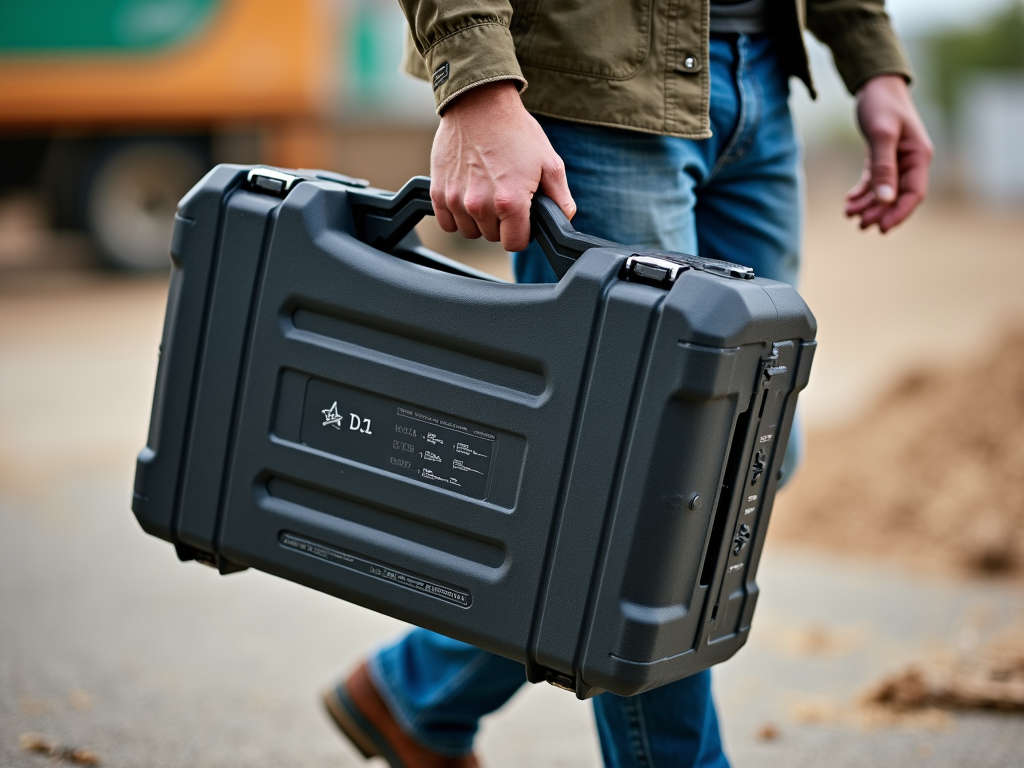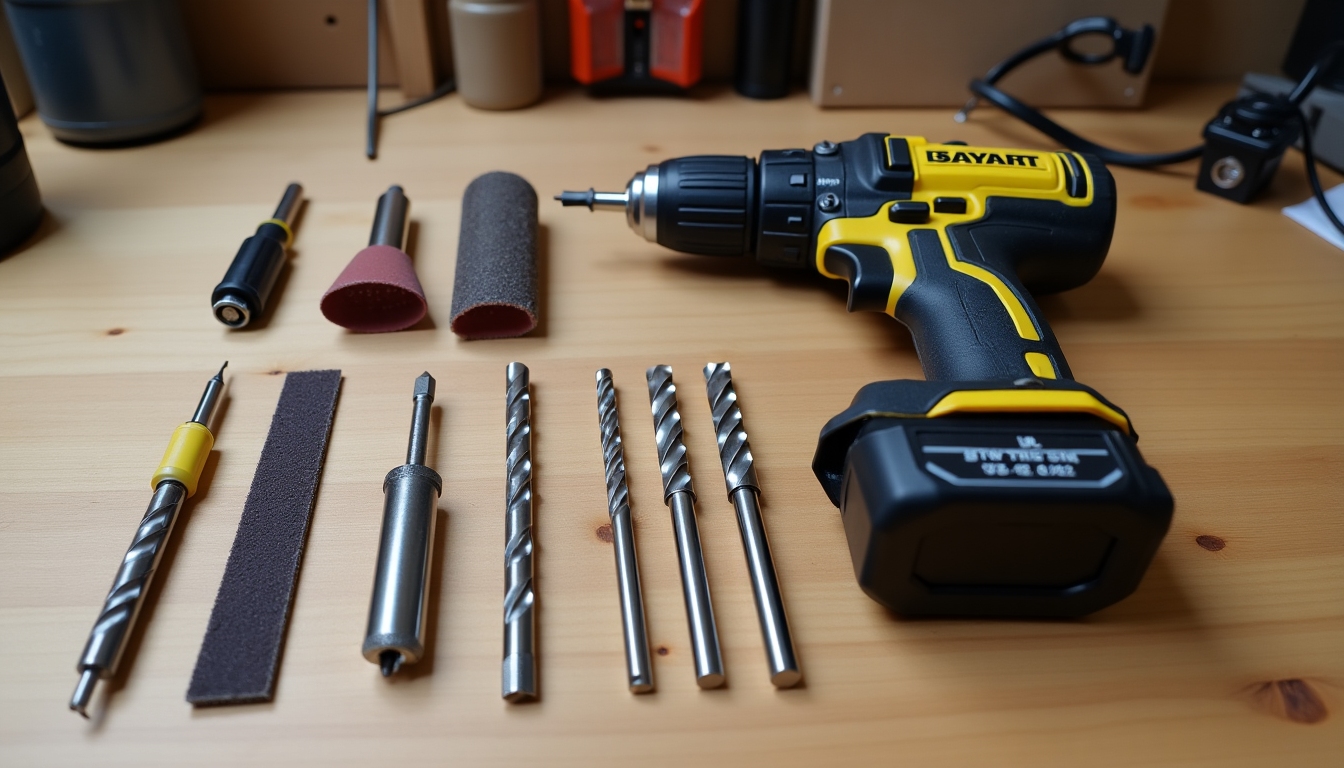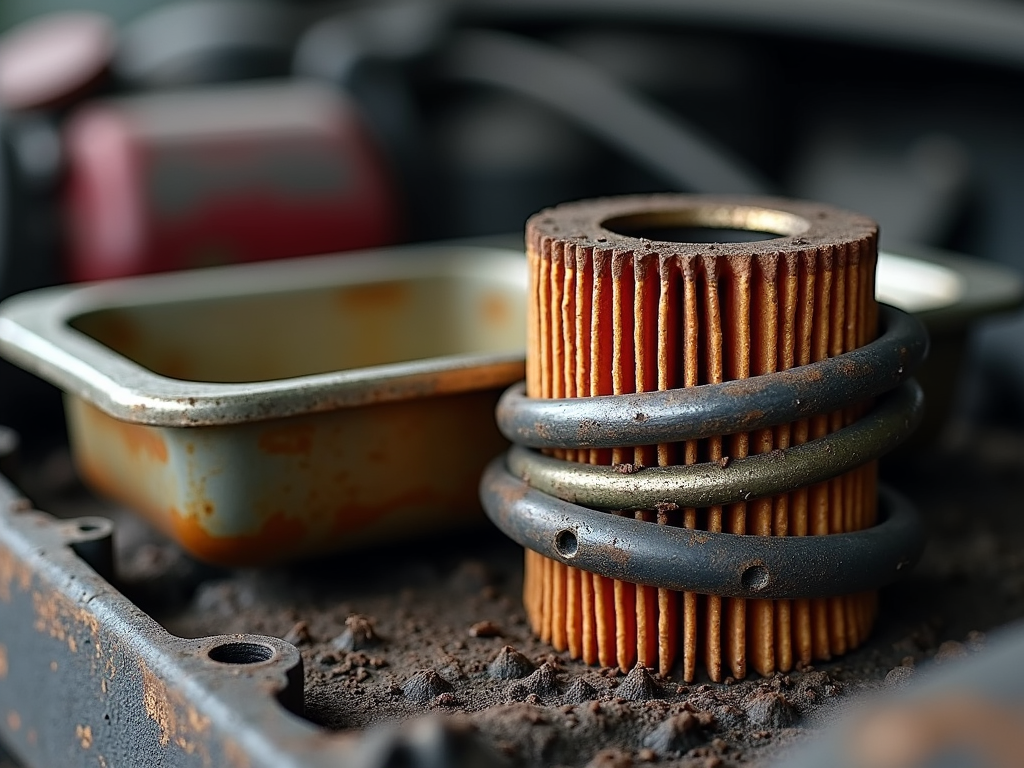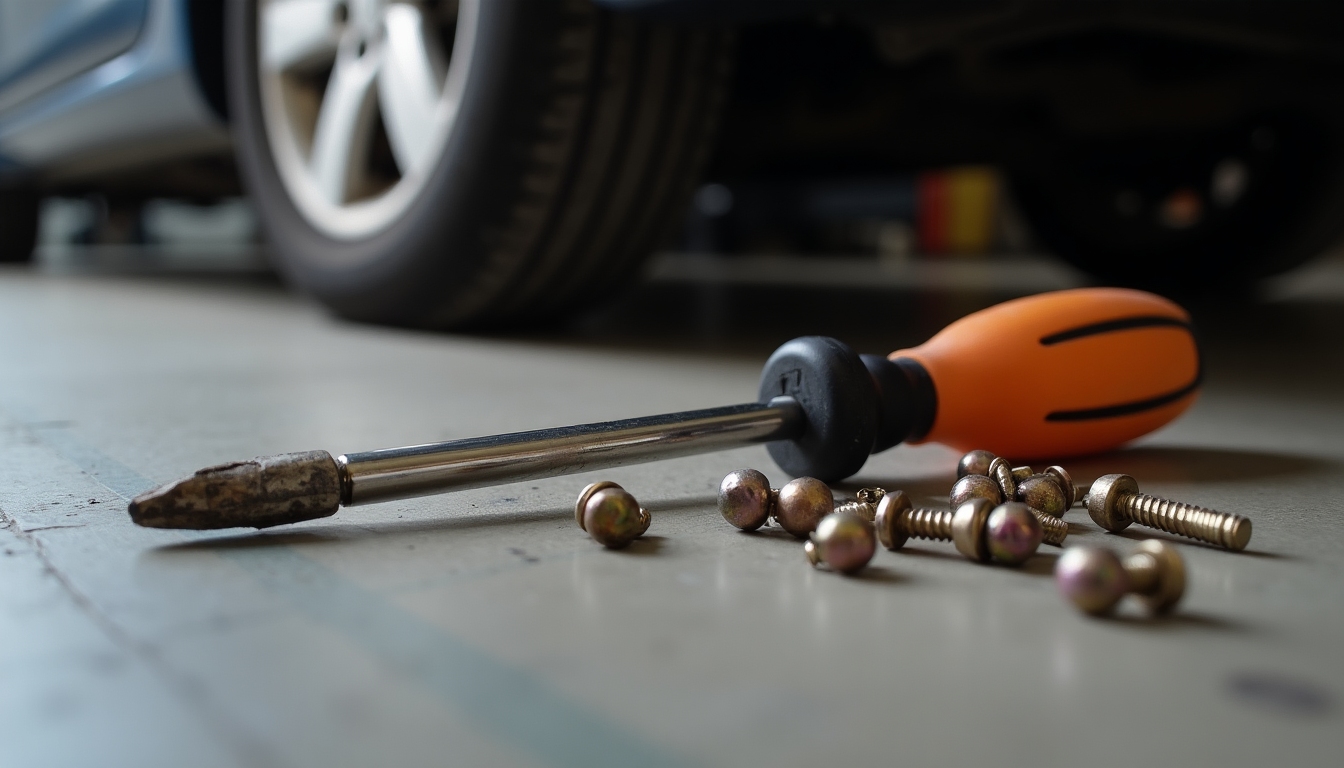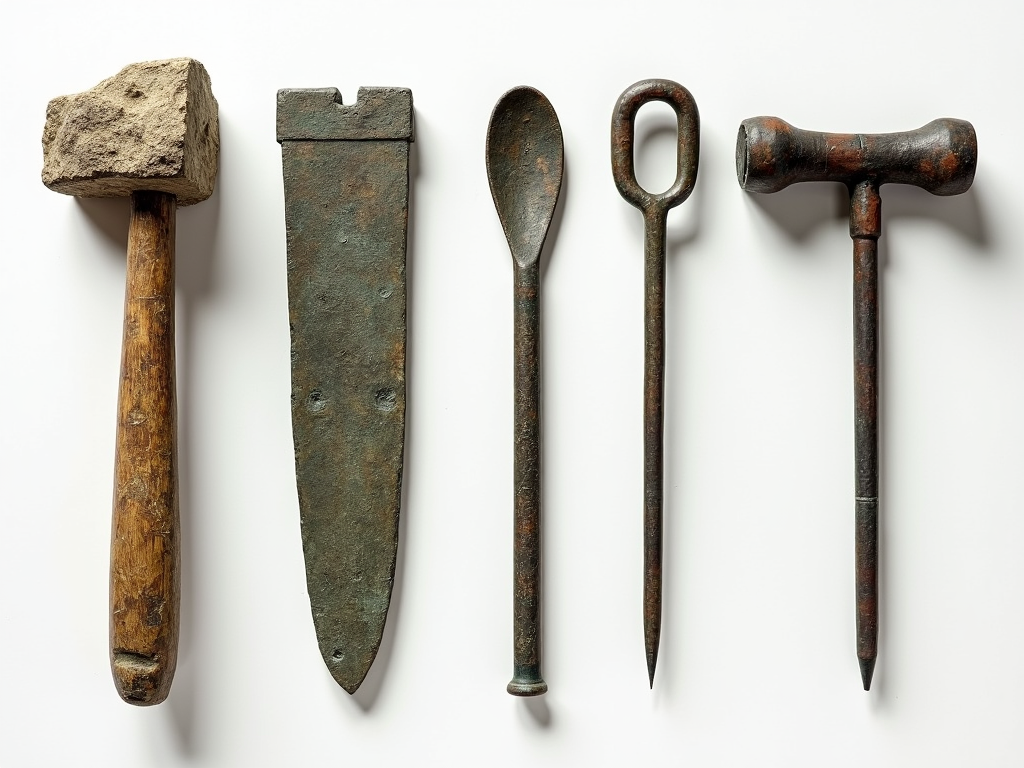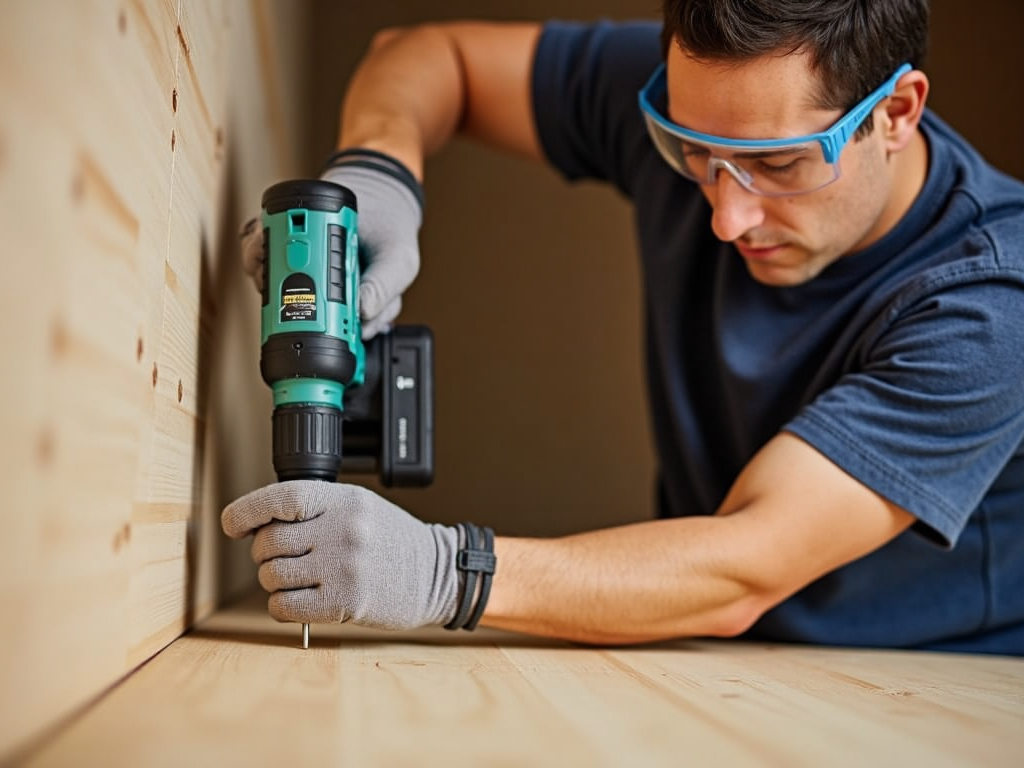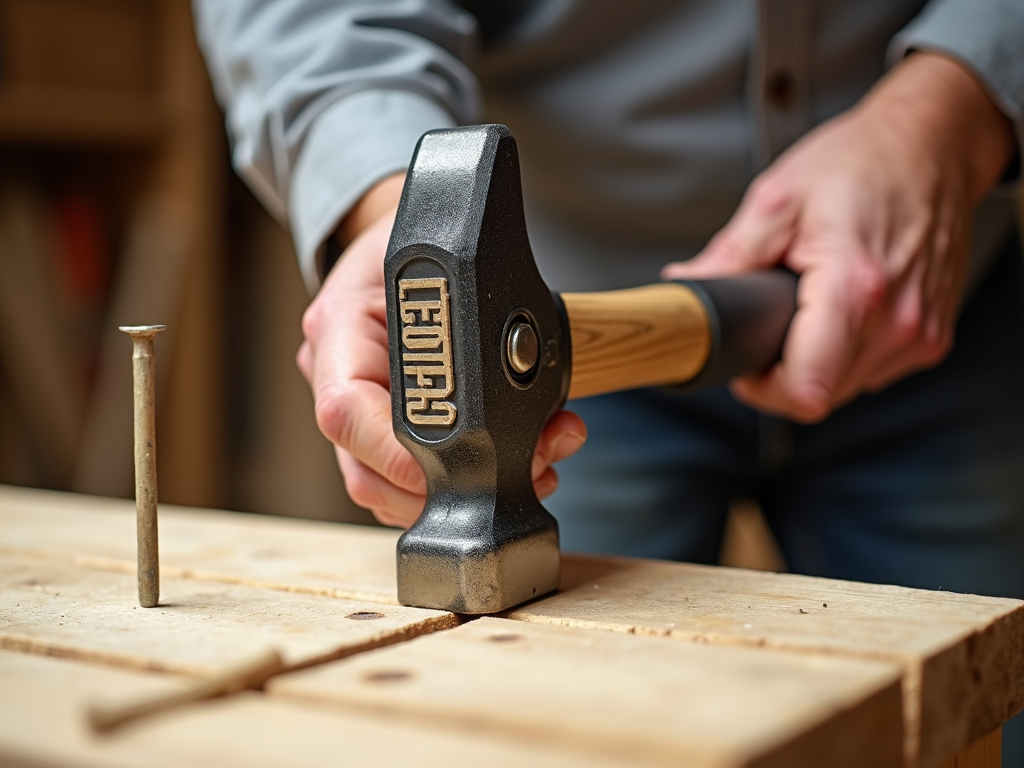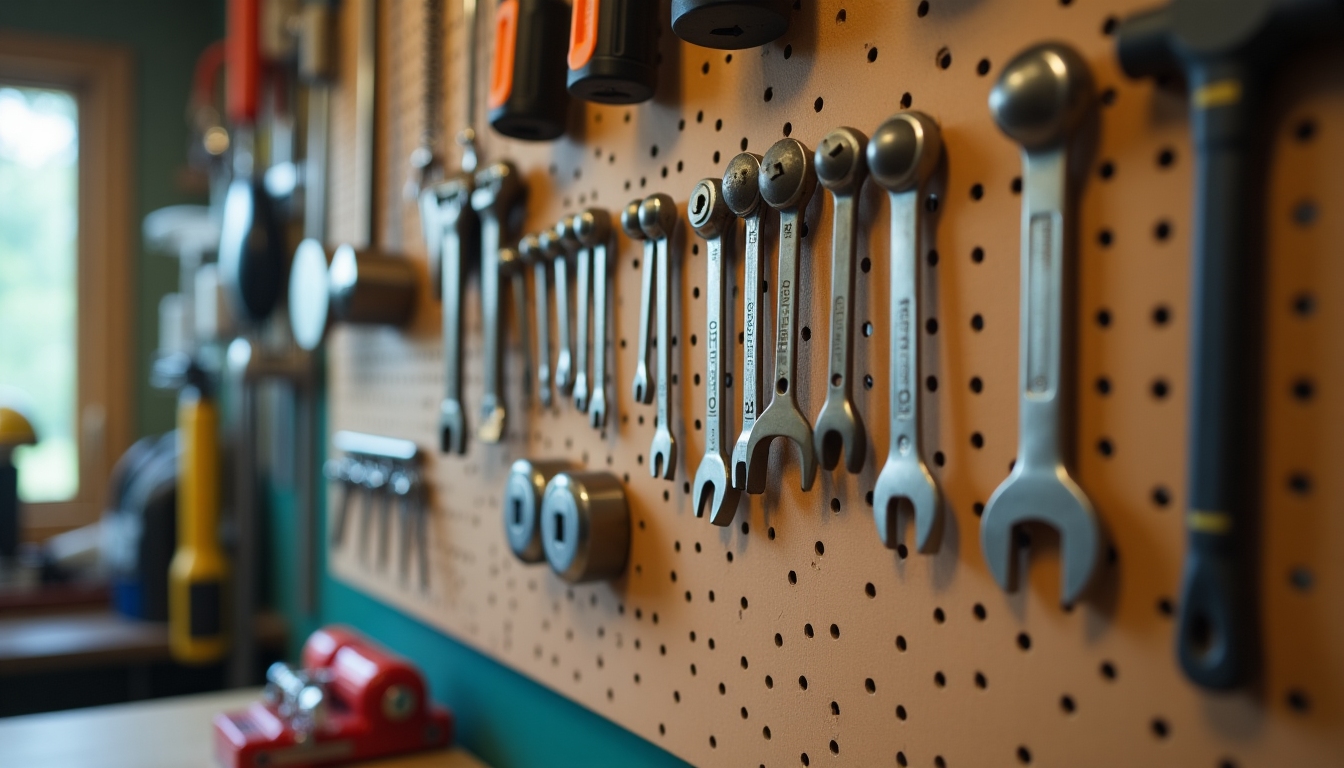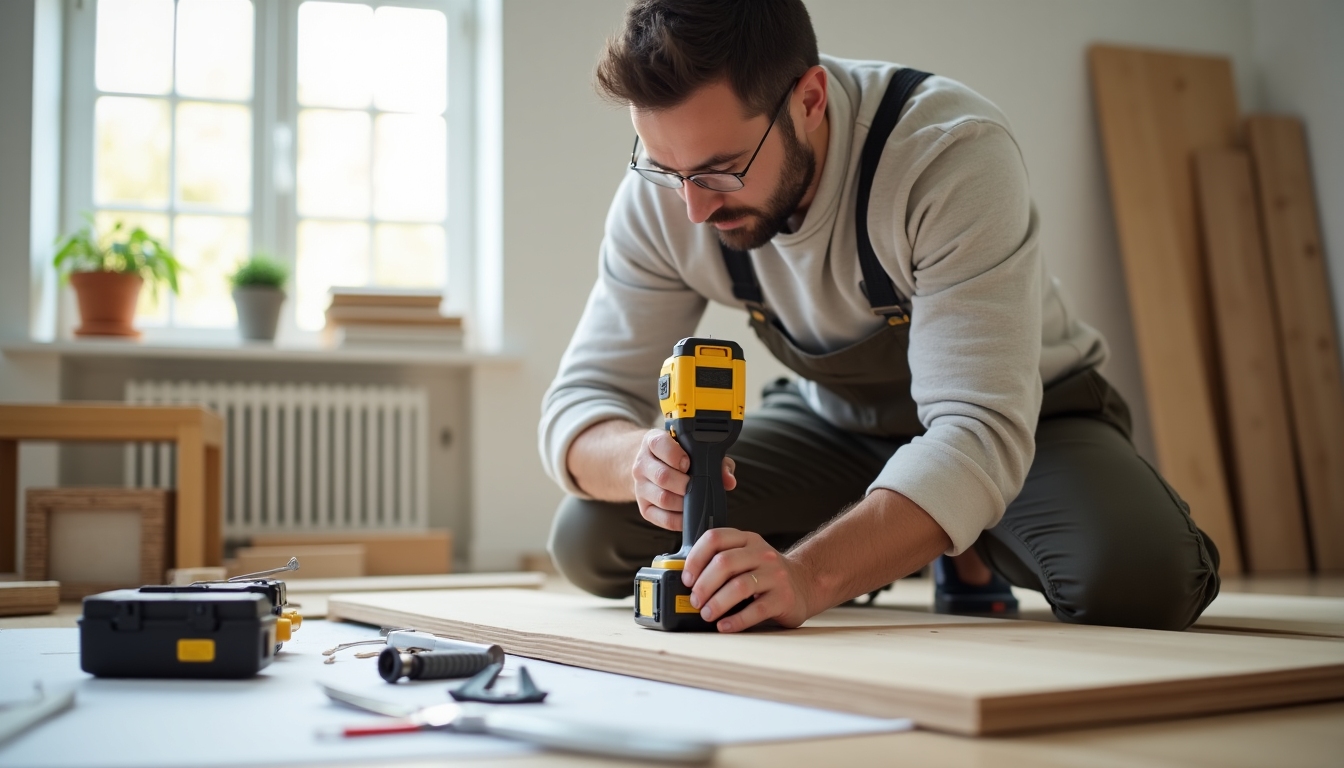Maintaining your power tools is crucial for their longevity, performance, and your safety. In this article, we'll cover essential maintenance tips, safety gear essentials, and effective cleaning techniques using power washers.
I remember the first time I neglected to clean my drill after a long day of work. The next time I picked it up, it was clogged with sawdust, and it overheated within minutes. That was a costly lesson in the importance of regular maintenance. Power tools are investments, and taking care of them ensures they last longer, work better, and keep you safe. Let's dive into some essential maintenance tips that will help you avoid my mistake.

Maintenance Tip 1: Regular Cleaning
After each use, it's essential to clean your power tools to remove dust, debris, and any residue. This not only keeps them looking good but also prevents buildup that can affect performance. For example, sawdust can clog vents and cause overheating, while grease and oil can attract more dirt. To clean your tools, use a soft brush or cloth to wipe down the exterior, and compressed air to blow out any dust from vents and crevices. For tougher grime, a mild detergent and water can be used, but make sure to dry the tool thoroughly afterward to prevent rust. Remember, a clean tool is a happy tool!
Maintenance Tip 2: Lubrication
Moving parts in power tools need regular lubrication to reduce friction and wear. Without proper lubrication, tools can seize up or wear out prematurely. Check your tool's manual for specific lubrication points and recommended lubricants. Generally, a light machine oil or silicone-based lubricant works well for most tools. Apply a few drops to pivot points, gears, and other moving parts every few months, or more frequently if you use the tool heavily. This simple step can significantly extend the life of your tools.
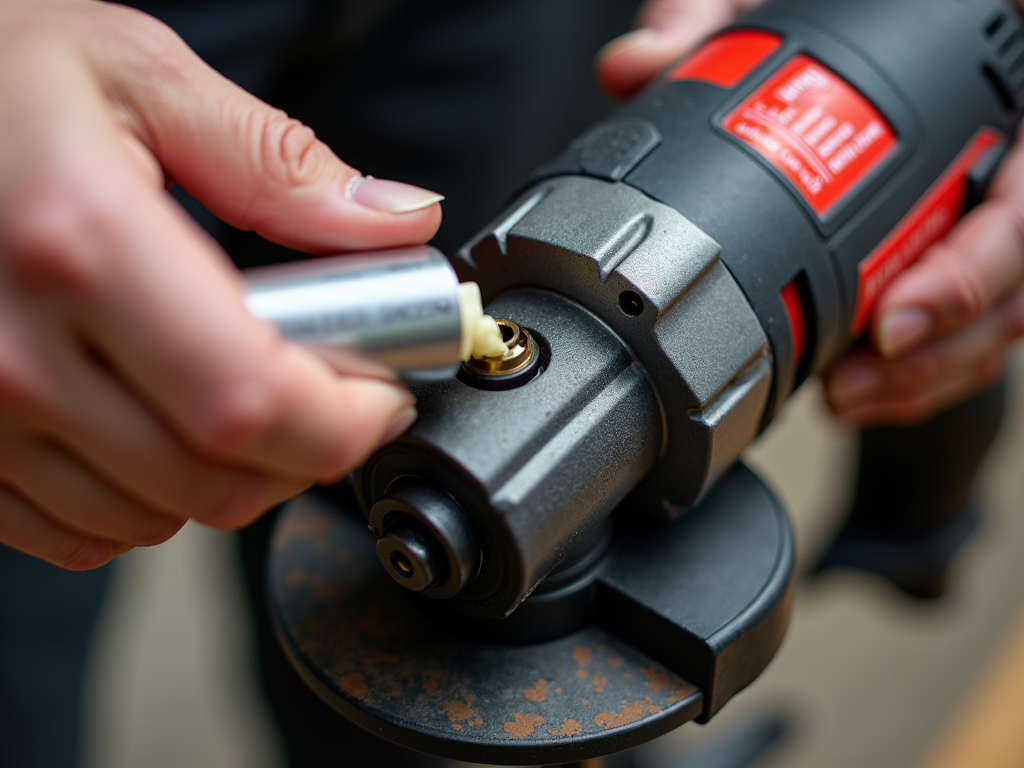
Maintenance Tip 3: Inspection
Regularly inspect your power tools for signs of wear or damage. Look for frayed cords, loose parts, dull blades, or any unusual noises or vibrations during operation. These can be early warning signs of potential failures. For example, a frayed cord can be a serious safety hazard, while a dull blade can make your tool work harder and less efficiently. Address any issues promptly to prevent them from becoming bigger problems. If you're unsure how to fix something, consult a professional or the tool's manufacturer.
Maintenance Tip 4: Storage
Proper storage is key to preventing damage and extending the life of your power tools. Store them in a dry, clean place to avoid rust and corrosion. Use cases or shelves to keep them organized and protected from dust and moisture. For cordless tools, remove the batteries before storing to prevent drainage and potential damage. A well-organized storage area not only protects your tools but also makes it easier to find what you need when you need it.
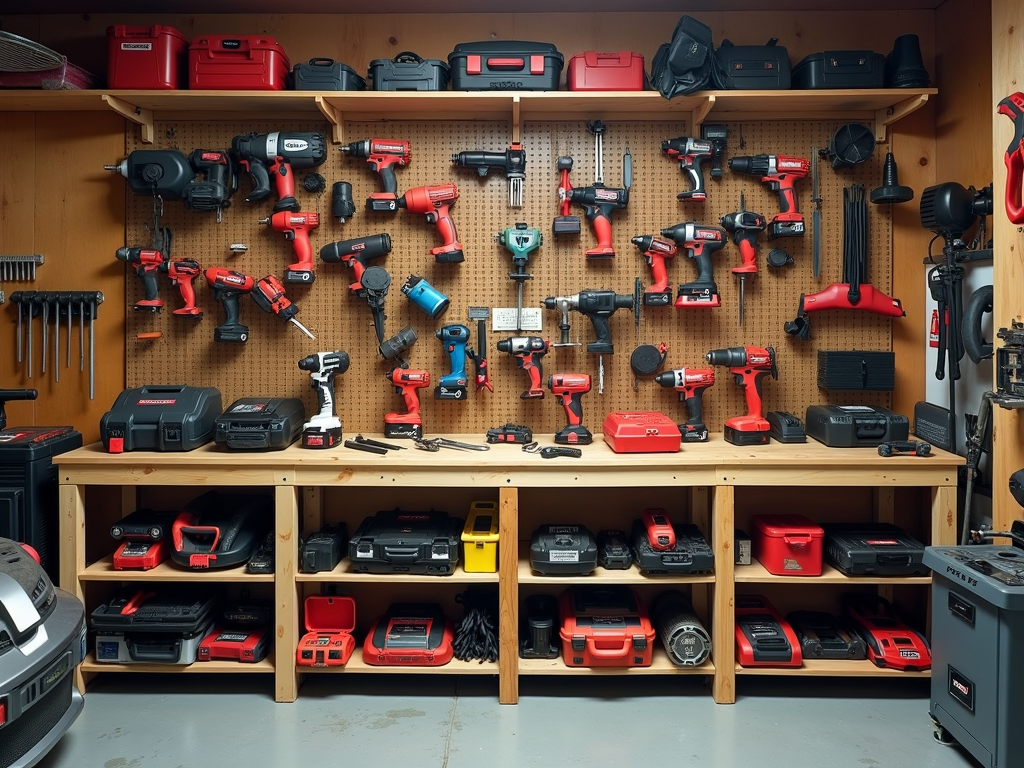
Maintenance Tip 5: Battery Care
For cordless power tools, battery maintenance is crucial. Always follow the manufacturer's guidelines for charging and storing batteries. Avoid overcharging, as this can reduce battery life. Store batteries in a cool, dry place, and if you won't be using the tool for a while, charge the battery to about 50% before storing. This helps maintain the battery's health. Also, periodically clean the battery contacts with a soft cloth to ensure a good connection.
Maintenance Tip 6: Blade and Bit Maintenance
Keeping blades and bits sharp and clean is essential for tools like saws, drills, and routers. Dull blades can cause the tool to work harder, leading to overheating and reduced performance. Regularly inspect blades and bits for wear and sharpen or replace them as needed. For cleaning, remove any resin or buildup with a specialized cleaner or a mixture of water and mild detergent. A sharp, clean blade not only improves performance but also enhances safety.
Maintenance Tip 7: Safety Checks
Ensure that all safety features on your power tools are functioning properly. This includes guards, switches, and any other protective mechanisms. For example, check that the blade guard on your circular saw moves freely and returns to its position after use. If any safety feature is damaged or not working correctly, do not use the tool until it is repaired. Safety should always be your top priority when working with power tools.
Safety Gear Essentials for Power Tool Projects
Using power tools safely requires the right protective gear. Here are the essentials:
- Safety Glasses: Protect your eyes from flying debris and dust.
- Hearing Protection: Power tools can be loud, so use earplugs or earmuffs to prevent hearing damage.
- Gloves: Protect your hands from cuts, abrasions, and vibrations.
- Dust Mask or Respirator: Prevent inhalation of dust and fumes, especially when working with wood or chemicals.
- Proper Footwear: Wear sturdy, closed-toe shoes to protect your feet from dropped tools or materials.
According to OSHA's guidelines on power tool safety, wearing proper safety gear is crucial to prevent injuries. Always gear up before you power up!
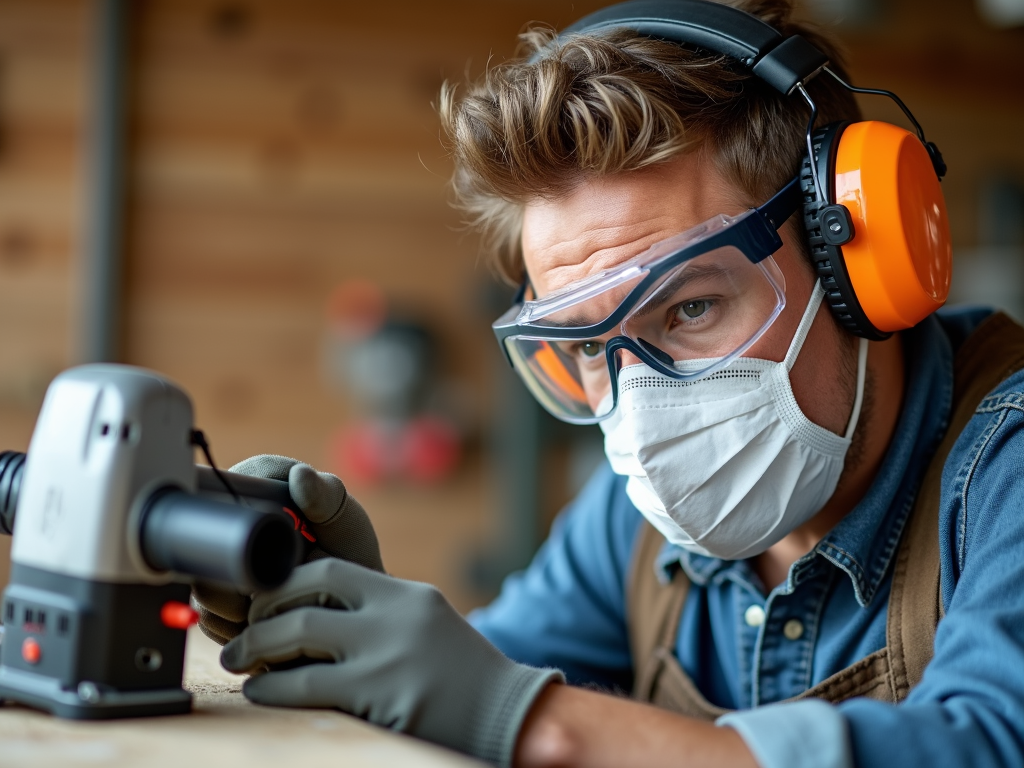
Effective Cleaning Tips with Power Washers
Power washers are incredibly effective for cleaning a variety of surfaces, but using them correctly is key to achieving the best results without causing damage. Here are some tips:
- Choose the Right Nozzle: Different nozzles provide different spray patterns and pressures. Use a wide spray for large areas and a narrow spray for tough stains.
- Use the Correct Pressure: Start with a lower pressure and increase as needed to avoid damaging surfaces.
- Pre-Treat Surfaces: For stubborn dirt, apply a detergent and let it sit for a few minutes before washing.
- Proper Technique: Start from the top and work your way down to prevent streaking. Keep the nozzle moving to avoid concentrating pressure in one spot.
- Safety Precautions: Wear protective gear, avoid pointing the spray at people or animals, and be cautious around electrical outlets.
For more detailed guidance, check out this comprehensive guide on power washer techniques from Example University's Engineering Department.

Power Washer Maintenance Tips
Just like any other power tool, power washers require regular maintenance to keep them in top condition. Here are some essential tips:
- Clean After Each Use: Rinse the machine to remove any detergent or debris.
- Check and Replace Worn Parts: Inspect hoses, nozzles, and seals for wear and replace them as needed.
- Winterize the Power Washer: If you live in a cold climate, drain all water from the system to prevent freezing damage.
- Inspect the Engine or Motor: Regularly check for leaks, unusual noises, or other signs of trouble.
Proper maintenance not only extends the life of your power washer but also ensures it operates safely and efficiently. For more in-depth maintenance advice, refer to this power washer maintenance guide from a leading tool manufacturer.
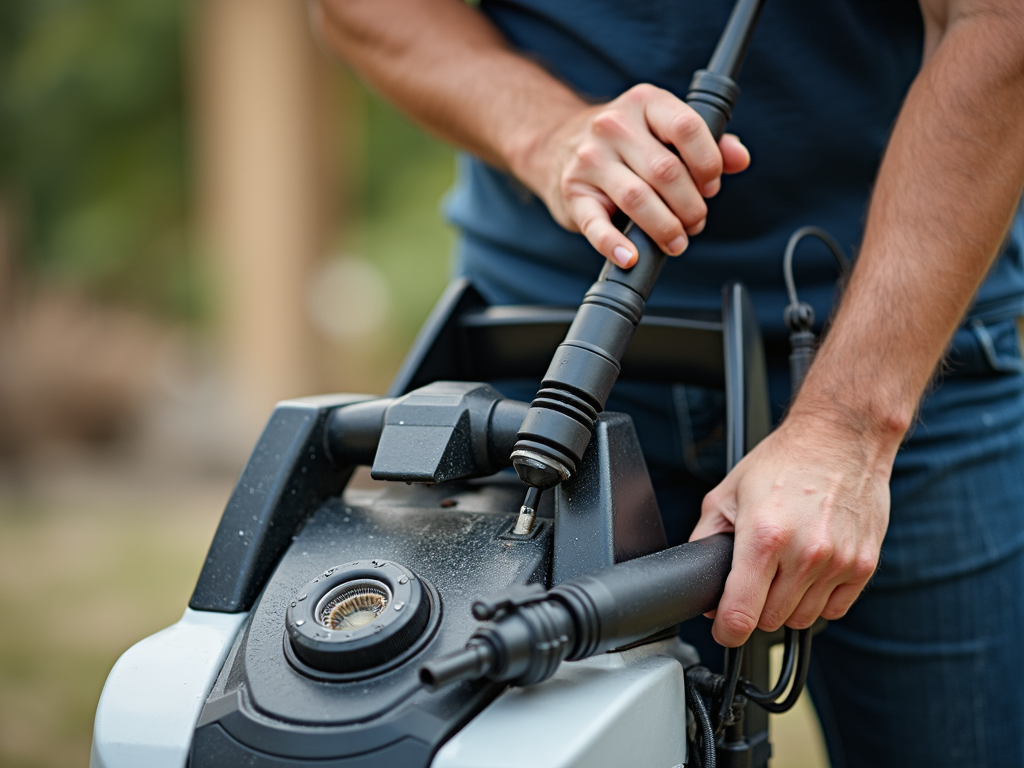
In conclusion, taking the time to maintain your power tools is an investment in their longevity and your safety. By following these essential maintenance tips, using the right safety gear, and employing effective cleaning techniques with power washers, you can ensure your tools perform at their best for years to come. Remember, a little care goes a long way in the world of power tools.
Related Essential Maintenance Tips for Power Tools:
- How to Choose the Right Toolbox for Your Needs: A Comprehensive Guide
- Power Drills with Multiple Attachments: A Comprehensive Guide
- Top Tips for Cleaning and Storing Workwear: A Comprehensive Guide
- Top 10 Must-Have DIY Car Maintenance Tools for Every Car Owner
- Beginner’s Guide to Fixing Common Plumbing Issues
- Power Washer Troubleshooting and Repair: A Comprehensive Guide
- How to Balance Work and Life in the Trades
- The Ultimate Guide to Hand Tools
- How to Choose the Best Power Tools for Your Needs
- Ergonomic Hand Tools for Reduced Strain: A Comprehensive Guide
- Organizing Your Workshop: Maximizing Space and Efficiency
- Choosing the Best Power Tools for Home Projects: A Comprehensive Guide
